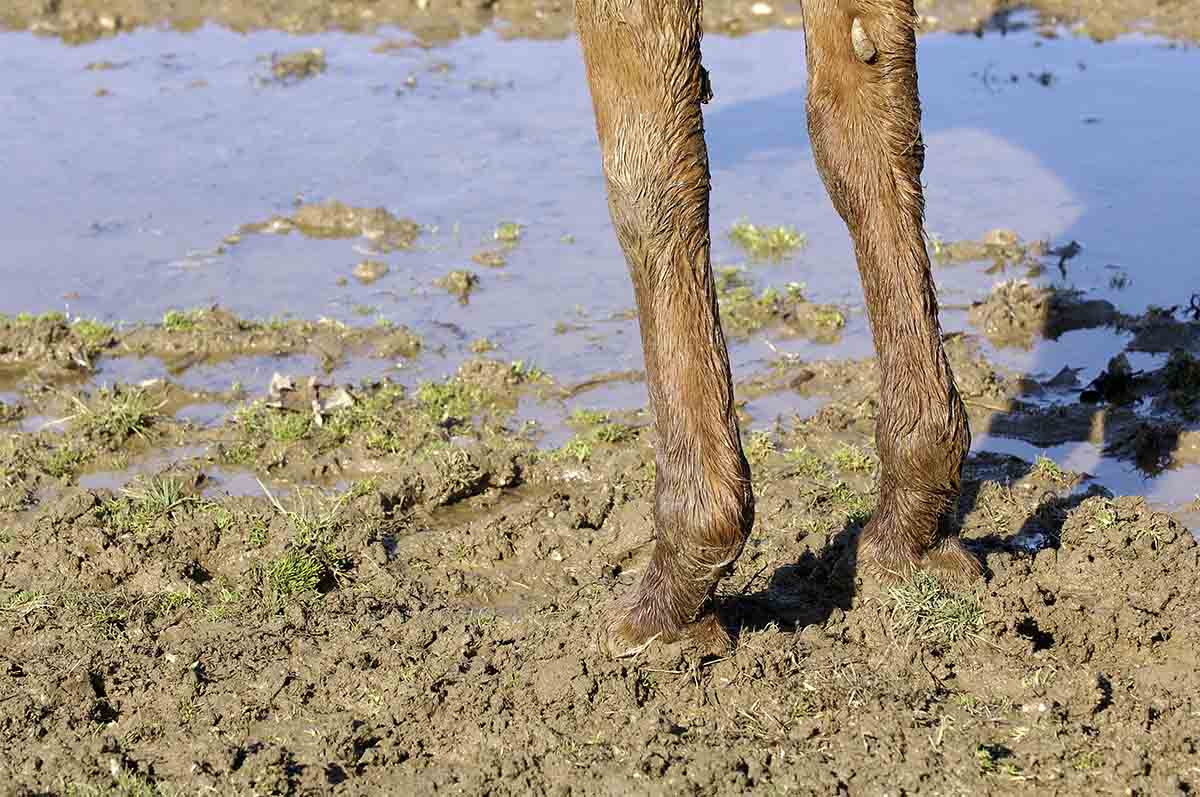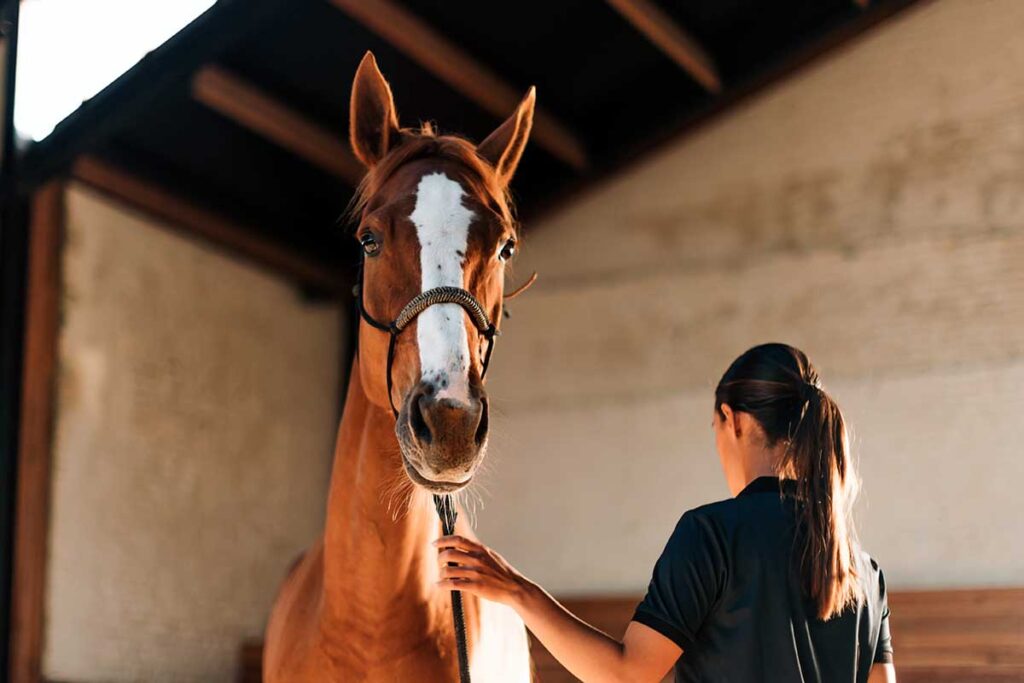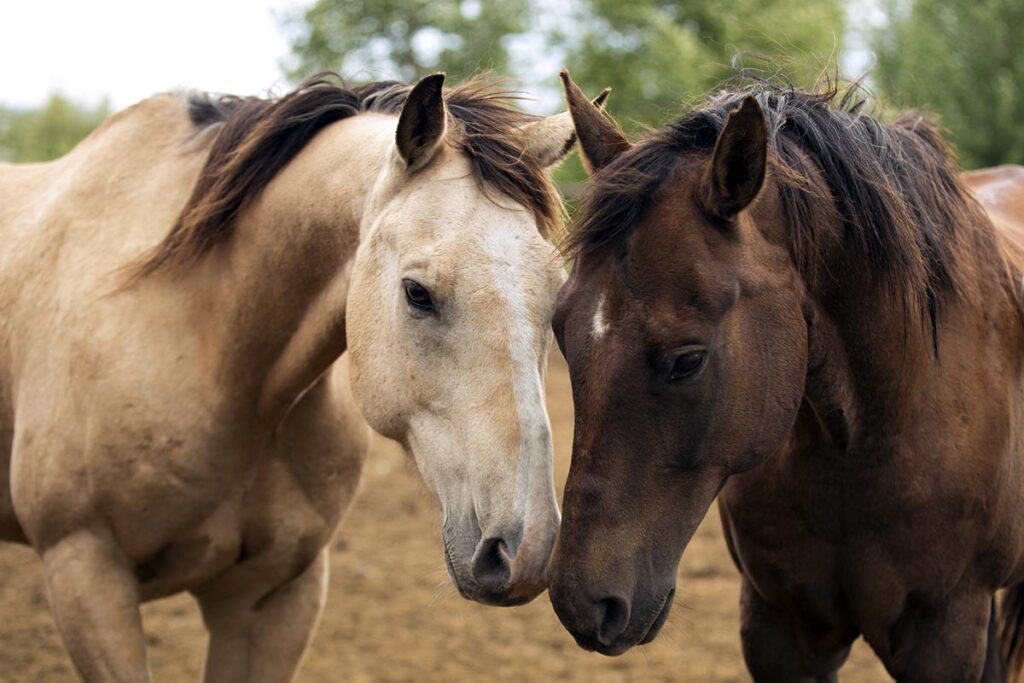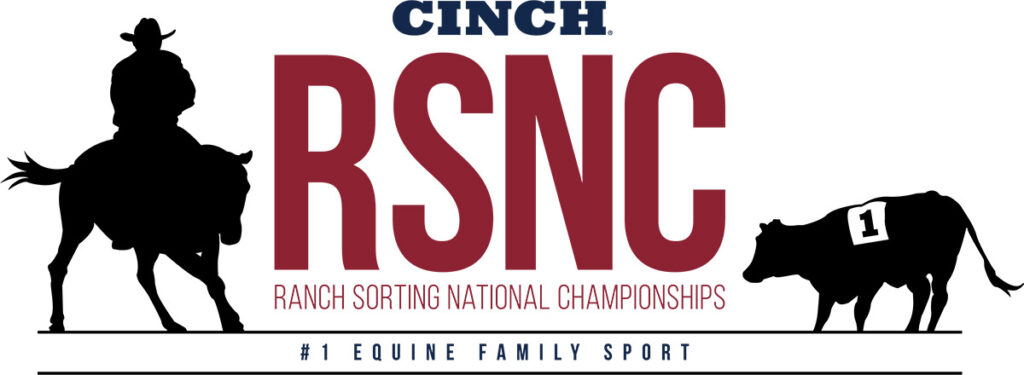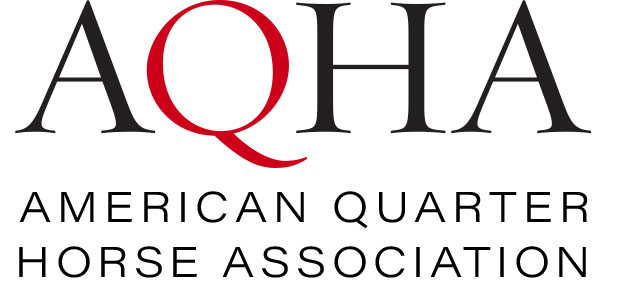Mud is an unavoidable part of horse-keeping in most parts of the country. During wet and rainy seasons, it cakes horses’ limbs, sucks off boots, and causes slippery conditions. The challenge of managing mud on a horse farm can feel like a never-ending battle against the elements.
In this article, we’ll walk you through the ins and outs of managing mud on horse farms, whether you’re dealing with a small paddock or acres of land.
Is Mud Bad for Horses?
As difficult and messy as it can make daily barn chores, mud isn’t always a bad thing for your horse. A bit of mud can be good for your horse’s hooves, keeping them from becoming dry and contracted. The same goes for his skin—an occasional roll in the mud helps protect him from insects and encourages production of natural oils that, ultimately, lead to a shinier coat after a good grooming.
As a general rule, “too much” mud is so deep it extends up to your horse’s coronary band, covering his hooves, and persists at that level for more than three days. Mud at this depth can cause all sorts of trouble, from lost shoes to pulled tendons to scratches and other skin infections. The longer your horse stays in mud of this magnitude, the more likely these problems are to happen.
If your farm has more than a “healthy” amount of mud, get your horse onto drier ground. This might mean temporarily moving him to another pasture until the wet spell passes. If your paddocks or fields are persistently muddy, however, it’s important to address drainage issues: Reinforce high-traffic areas, such as around gates and troughs, with crusher-run gravel or special textiles that facilitate soil drainage.
Mud Management Tips
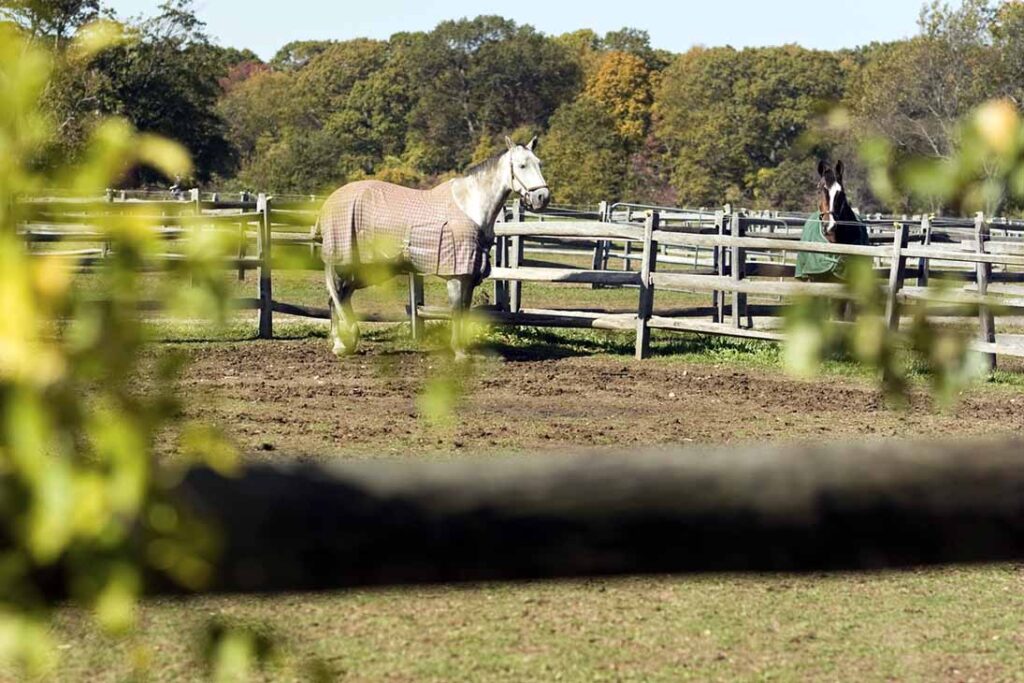
In the soggy months between winter and summer, your horse’s paddock can quickly turn into a muddy mess. Short of moving to the desert, you’re not likely to escape mud entirely. But you can take some practical pasture-management steps to minimize the worst of it:
- Pick up manure regularly. A single horse can produce up to 50 pounds of manure per day. Add ample spring rain, and it’s easy to see how turnout areas can quickly become muddy bogs. Remove manure from pastures and paddocks at least every two to three days.
- Avoid overcrowding. When too many horses are placed in a small enclosure, their hooves churn up the ground. This can kill the grass and turn the area to mud. One option is to bring all your horses into a designated “sacrifice area” to protect the grass in your larger turnout during the wet season. But if you have the space, limiting the number of horses per paddock to one or two will help keep the grass intact and reduce mud.
- Install dry footing. High-traffic areas at the gate or feeders are likely to become wet and slippery. Try laying down gravel, wood chips, hog fuel, sand, or some other material that will provide safe footing while allowing water to drain through.
- Inspect your runoff system. Make sure the gutters on your barn and sheds are clear of debris and redirecting rainwater well away from the foundation. Ideally, they’d send runoff into low-traffic areas with enough vegetation to capture and absorb the water.
- Plant “rain gardens.” A buffer zone of plants around pastures as well as driveways and other hard surfaces will help capture rainwater and reduce runoff problems, including mud. The best plants for rain gardens are deep-rooted wildflowers, small trees, or shrubs local to your area. Check with your county extension agent or a nearby garden center for suggestions.
How To Remove Mud From Your Horse
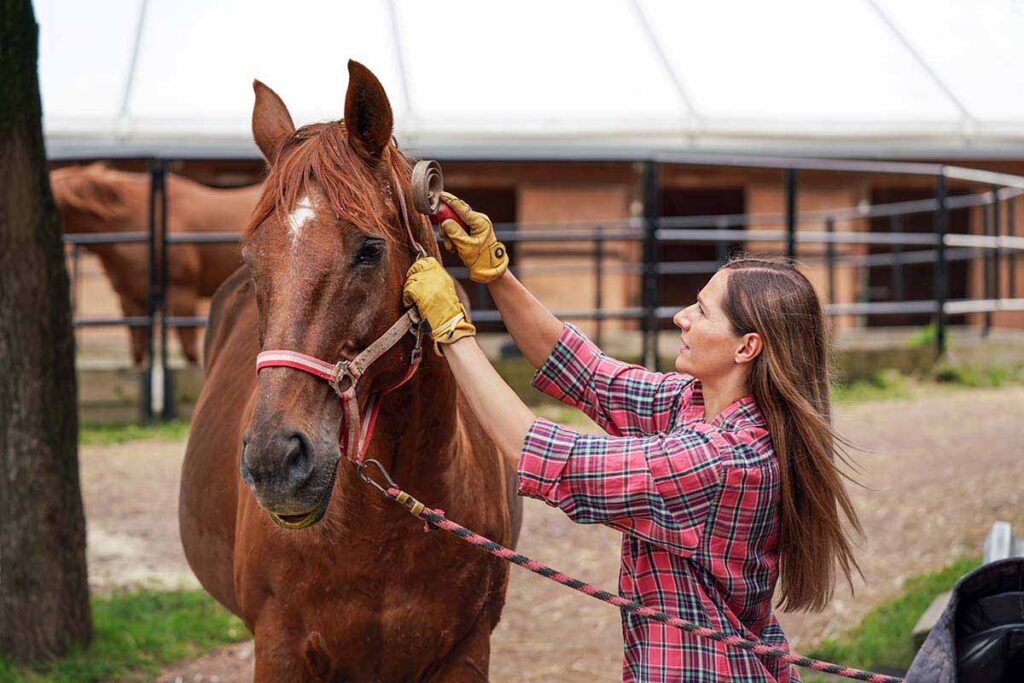
For much of the year, you can clean up a mud-encrusted horse with a quick trip to the wash stall. If temperatures are near freezing or you don’t have a designated place to hose off your horse without creating more mud, you won’t be able to rely on water to clean him. Instead, try this five-step mud-removal method.
- Allow it to dry. Wet mud is nearly impossible to remove from a horse’s coat. Put your horse in a dry space and return a few hours later.
- Tackle the worst with a shedding blade. The “toothed” edge of a shedding blade will cut through the thickest mud. Reserve this tool for the hindquarters, shoulders, and other padded areas. Use a light touch, only enough to scrape off the mud.
- Curry, curry, curry. With the worst of the mud gone, use a currycomb—one with long, flexible “fingers” works best—to remove the rest.
- Break out the brushes. When no more mud is visible, give your horse a good brushing.
- Do one last wipe. Use a well-wrung damp towel to wipe away the last of the fine dust. Then brush again with a clean, soft finishing brush.
During periods of persistent mud, consider using protective boots on your horse’s legs when he’s out in the field. You can buy “mud fever” boots that run from the horse’s heel to his knees and prevent mud accumulation, which can cause scratches, or pastern dermatitis. Just remember to remove and clean these regularly to avoid irritating your horse’s legs.
Take-Home Message
The key to managing mud on horse farms is consistency. By incorporating these steps into your routine, you can create a healthier environment for your horse, reducing the risk of mud-related issues like skin infections or thrush. It’s all about proactive management and a bit of elbow grease to keep your horses happy, healthy, and (relatively) mud-free.
Related Reading: Horse Stall and Paddock Safety Checklist
Portions of this article originally ran on EQUUS.
Are you enjoying this content? Sign up for My New Horse’s FREE newsletter to get the latest horse owner info and fun facts delivered straight to your inbox!

